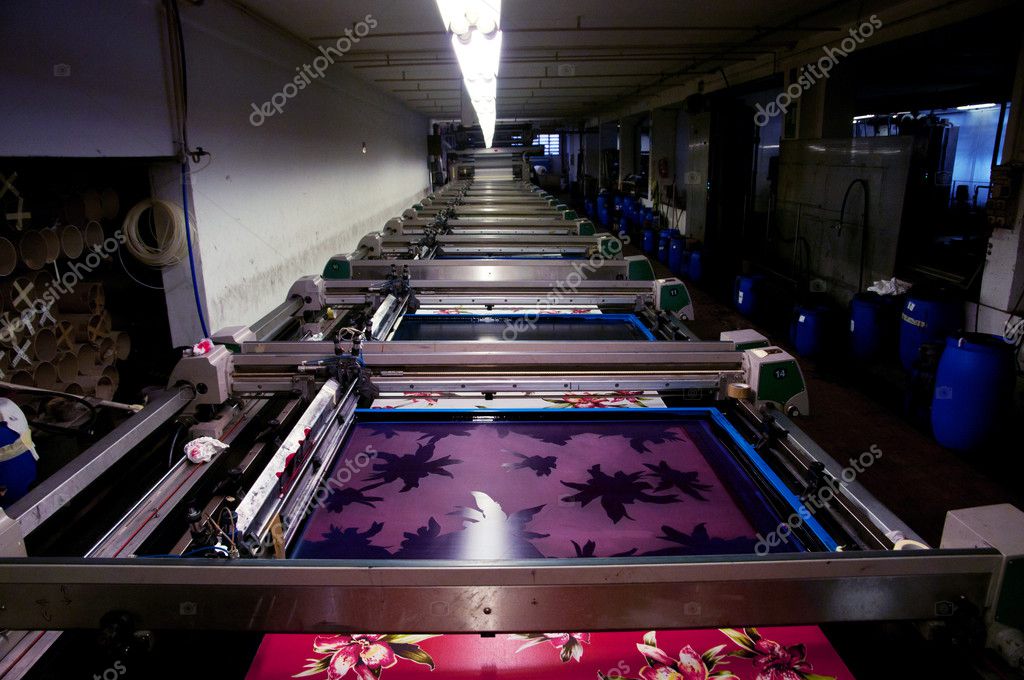.jpg)
- Batik is a fabric dyeing method using wax to create patterns
and designs.
- This method makes use of a resist technique; applying areas of cloth with wax
(a dye-resistant substance) to prevent them from absorbing colors when the
cloth is dipped into dye.
- Not only as a dye-resistant substance, the wax applied is also used to control
colors from spreading out from a particular area to create motif when the dye
is painted.
A method thought to be over a thousand years old, today,
batik has taken on a much wider meaning. It can be referred to:
- cloth block printed with wax
- cloth decorated with hand-drawn designs.
- cloth decorated with traditional batik designs without the
use of the resist method
The use of batik has also extended from clothing to
everything from home furnishings and table cloths to handicrafts.
In Malaysia, batik has become a national identity and
flourish in the arena of fashion where batik attire is worn for both formal and
informal occasions.
When Malaysia hosted the Asia Pacific Economic Cooperation
forum (APEC) in 1998, leaders showed up to proceedings decked in floral and
swirling trade marked batik patterns.





.jpg)










